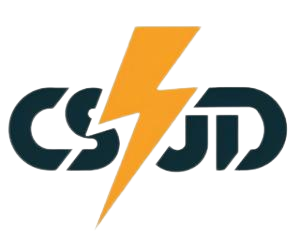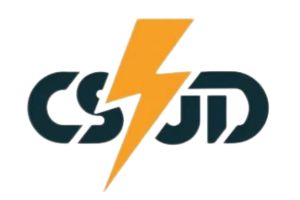- Industry News
- 517
The essential difference between a diesel engine block and a gasoline engine block
First of all, the working process of the diesel engine unit is the same as that of the gasoline engine, and each working step will go through four strokes: air intake, compression, work and exhaust. However, the fuel of the diesel engine unit has a greater viscosity than gasoline and is not easy to evaporate, but the spontaneous ignition temperature is lower than that of gasoline, so the ignition method of the diesel generator is different from that of the gasoline engine. Pure air is sucked in the intake stroke of the diesel engine block. When compressing the stroke, the diesel oil pressure will be increased to more than 10MPa, and then injected into the cylinder through the injector, and mixed with the compressed high-temperature air in a very short time to form a combustible mixture. Due to the high compression ratio of the diesel engine unit (generally 16-22), the air pressure in the cylinder can reach 3.5-4.5MPa at the end of compression, and the temperature is as high as 750-1000K (while the mixture pressure of the gasoline engine at this time will be 0.6-1.2MPa, and the temperature will reach 600-700K), which greatly exceeds the spontaneous ignition temperature of diesel. Therefore, after the diesel fuel is injected into the cylinder, it mixes with the air in a very short time and immediately ignites and burns on its own. The air pressure in the cylinder rises sharply to 6-9MPa, and the temperature also rises to 2000-2500K. Driven by high-pressure gas, the piston moves downward and drives the crankshaft to rotate and work, and the exhaust gas is also discharged into the atmosphere through the exhaust pipe. Ordinary diesel generator sets are driven by engine camshafts, with the help of high-pressure oil pumps to deliver diesel fuel to the fuel chambers of each cylinder. This type of oil supply changes with the change of engine speed, and the optimal oil supply at various speeds cannot be achieved. The common rail injection fuel supply system is composed of a high-pressure oil pump, a common oil supply pipe, an injector, an electronic control unit (ECU) and some pipeline pressure sensors, and each injector in the system is connected to the public oil supply pipe through its own high-pressure oil pipe, and the public oil supply pipe plays a role in hydraulic pressure storage for the fuel injector. When working, the high-pressure oil pump delivers fuel to the public oil supply pipe at high pressure, and the high-pressure oil pump, pressure sensor and ECU form a closed-loop work to achieve accurate control of the oil pressure in the public oil supply pipe, which completely changes the phenomenon that the oil supply pressure changes with the engine speed. Its main features are as follows: 1. The fuel injection timing is completely separated from the fuel metering, and the fuel injection pressure and fuel injection process are controlled by the ECU in a timely manner. 2. The injection pressure, injection start point and duration of each cylinder can be adjusted according to the working condition of the engine, so as to pursue the best control point of fuel injection. 3. It can achieve high injection pressure and pre-injection of diesel. Compared with gasoline engines, diesel generator sets have a low fuel consumption rate (30% lower than gasoline engines on average), and the price of diesel is lower, so the fuel economy is better; At the same time, the speed of the diesel engine group is generally lower than that of the gasoline engine, and the torque is larger than that of the gasoline engine, but its mass is large, the noise is loud when working, the manufacturing and maintenance costs are high, and the emission is also worse than that of the gasoline engine. However, with the development of modern technology, these shortcomings of diesel engine units are gradually being overcome.

